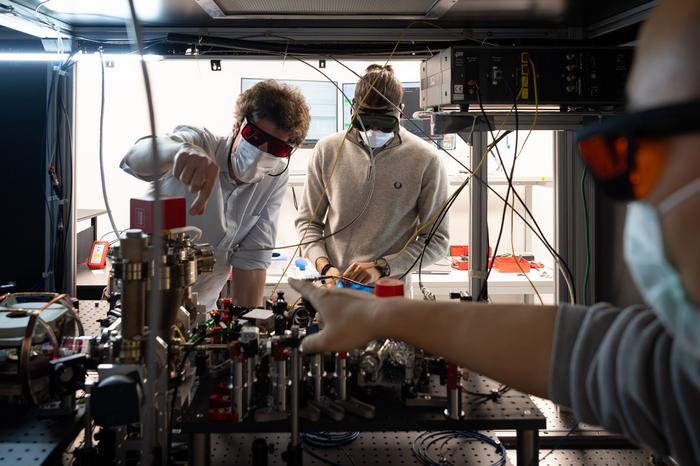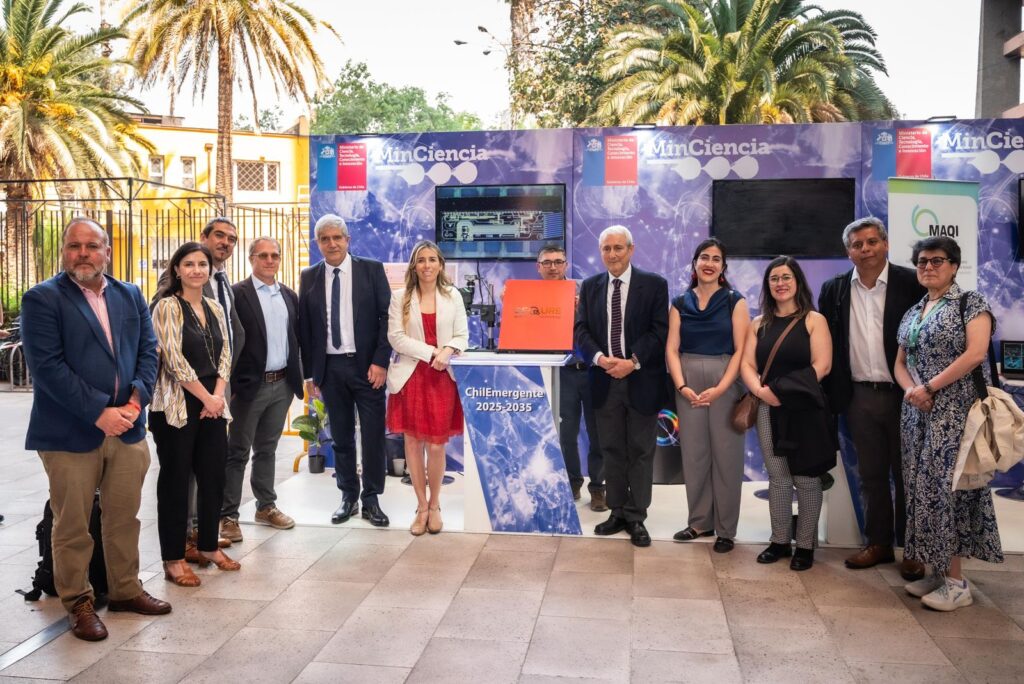Insider Brief:
- Cleveland Clinic researchers, in collaboration with IBM’s Discovery Accelerator Program, are using Quantum System One to enhance machine learning algorithms for faster and more accurate antibiotic prescriptions, addressing a concerning gap in patient care.
- Machine learning algorithms trained on 4.7 million antibiotic susceptibility classifications demonstrated impressive accuracy, outperforming physicians in predicting effective treatments and providing real-time results.
- By integrating quantum computing, the project intends to refine these algorithms for improved speed and accuracy as well as for use with smaller datasets, making personalized medicine accessible to underserved populations and smaller clinics.
Arguably one of the most important technologies of this decade, machine learning has demonstrated its potential across countless industries. Its societal impact extends beyond what can be easily quantified, influencing everything from logistics to medicine.
Consider how machine learning has been applied to such a thing as accurate antibiotic prescription, an essential for the preservation of human health. Machine learning assists providers in choosing effective antibiotics based on historical data, but what if its accuracy and speed could be further refined? Such a possibility might sound like something pulled from the realm of Plato’s ideals—perfect in theory, but unattainable in practice. Yet, Cleveland Clinic’s recent research dares to dream.
As detailed in a recent post, through a collaboration with IBM’s Discovery Accelerator Program, Cleveland Clinic is using Quantum System One, in healthcare research, specifically to improve machine learning algorithms already in use for faster and more precise antibiotic prescriptions.

Rethinking the Everyday Antibiotic
For many experienced in the inconveniences of adulthood, visiting a doctor for an antibiotic prescription is a routine, albeit unfavorable, process. After a quick diagnosis, a prescription is often filled at the nearest pharmacy, and life goes on. But what might surprise many is that the full diagnostic process behind prescribing the most effective antibiotic should actually take several days.
According to the post, a urine culture requires around three days to identify the strain of bacteria causing something such as a UTI as well as to determine antibiotic susceptibility–the bacteria’s vulnerability to being killed or inhibited by the antibiotic. In the meantime, providers must rely on a judgment sharpened over time in order to prescribe an antibiotic. However, research shows that this unfortunately results in inadequate coverage for the infection roughly 30% of the time. This is more than a trivial inconvenience–it contributes to antibiotic resistance, which is one of the world’s most pressing health crises.
Antibiotic resistance occurs when bacteria evolve to withstand the effects of antibiotics, rendering those drugs effectively ineffective. This can lead to infections that are harder to treat. Without effective antibiotics, routine medical procedures, surgeries, and treatments for conditions like cancer become riskier due to the heightened risk of untreatable infections.
As reported in the Cleveland Clinic post, Dr. Glenn Werneburg, lead author of the study, emphasized the significance of this work, stating, “We’re very excited to be among the first researchers using quantum computing to solve a medical problem. But even more important is finding solutions for the serious clinical problem of antibiotic resistance, improving patient care, and ensuring that we get this technology out to as many patients as possible.”
Integrating Quantum and Machine Learning for Personalized Medicine
While quantum computing has been gradually developing, machine learning has been in the trenches. In a recent study published in BJU International, Cleveland Clinic researchers developed and trained machine learning algorithms on more than 4.7 million antibiotic susceptibility classifications from urine cultures. These data spanned a decade and included both inpatient and outpatient settings. The algorithms were then validated using data from a geographically distant hospital and clinically tested.
The results were nothing short of impressive and speak to a future of personalized medicine. Using patient demographics, comorbidities, hospital resistance patterns, and geographical classifications, the algorithm was able to create a tailored list of antibiotics with probabilities of effectiveness for each patient. The algorithm accurately predicted antibiotic susceptibility for 11 tested antibiotics, outperformed physicians’ choices in providing adequate coverage, and delivered results in real-time, ensuring one can continue to fulfill same-day prescriptions without fear of contributing to the next pandemic.
Seeing the potential for societal impact in further refining techniques that can progress personalized medicine, Cleveland Clinic is integrating quantum computing into the project. As quantum machine learning has been said to excel in situations where data is sparse, researchers hope to refine these algorithms to train on smaller datasets without losing accuracy. The ability to provide the same service on limited data is necessary to expand these benefits to populations served by smaller clinics or in underserved areas.
Quantum Technology and Global Antibiotic Stewardship
While this study was primarily focused in the domain of urology, the implications of this research go far beyond UTIs. By equipping providers with precise, patient-specific predictions, this technology could reduce the misuse of antibiotics, improve patient outcomes, and slow the progression of resistance patterns.
Additionally, Cleveland Clinic’s efforts highlight the potential of quantum technology to address real-world problems with profound societal impact. While quantum computing often faces criticism as a solution in search of a problem, this study may just be a compelling counterexample. By pairing emerging technologies with urgent clinical needs, researchers are able to further essential medicine.















